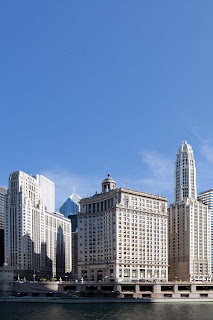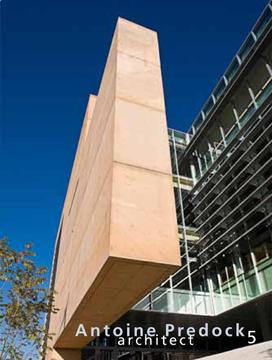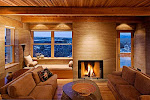I am a big believer in using Tilt Shift lenses to correct perspective with DSLRs, but newbie's may not have the resources for these expensive lenses. As I have said, ad-nauseum, to do professional level AP work with a DSLR you have to carefully structure your work flow to maximize file quality at every step. Doing perspective correction in Photoshop eats quite a few pixels and introduces a fair amount of computer interpolation in the stretched areas. These kinds of practices lead to image degradation, but for end products like websites, this quality may be acceptable.
EXAMPLES
Leveled camera=too much foreground.
Unless you compose for it.
Point the camera up to get rid of the foreground and you get massive perspective convergence.
Do a simple PC in Photoshop and you get what I call truncating of the forms-they come out way to squat and you lose allot of the left and right edges. More PS work ensues to correct the squat!
Whereas correcting perspective with a Tilt Shift lens preserves the proportions and the edge framing.
There are many ways to correct perspective. Even with T/S lenses you may not have enough rise and still need to point the camera up slightly. I prefer the one below because the correction is rarely symmetrical (instead of the more common method see this Simple Method which is worthless unless you had truly leveled the camera before pointing it up and had symmetrical perspective problems. With this next method you correct each side separately. Prefered Method of PC. Remember sometimes a very slight convergence looks more natural than a fully corrected perspective on very tall buildings.
But sometimes....sometimes the best thing to do is just make the composition work with a ton of convergence. Example-My recent image on the cover of Antoine Predock's new Rizzoli monograph (number 5) =The University of New Mexico School of Architecture.
Subscribe to:
Post Comments (Atom)



















No comments:
Post a Comment